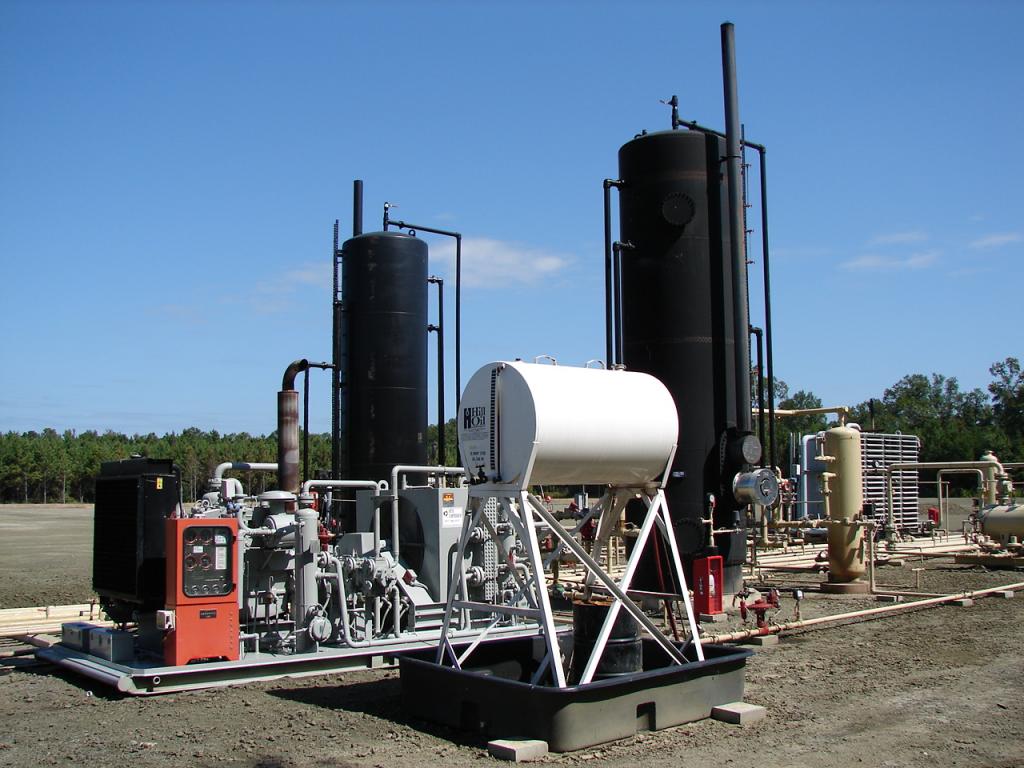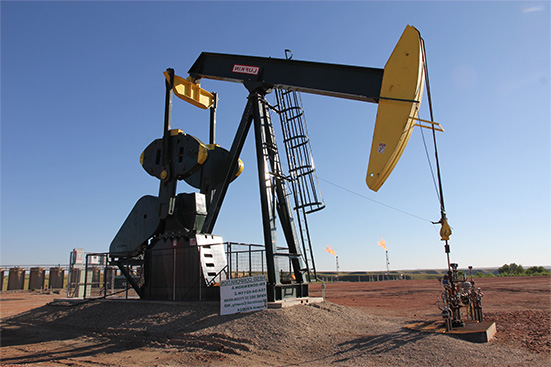
Similar to any commodity, the oil and gas market sectors are affected by global demand, inventory levels, production, aggregate economic figures, and interest rate policies. To predict the future of the industry and to make the best investment decision, those investing in oil and gas look into specific economic indicators.
As produced commodities, the oil and gas market is driven by the cost of extracting, refining, and producing these natural resources. The supply and demand of these resources should also be considered. Investors should look into the refining capacity as well as the inventories to determine if the supply is greater than the demand, which could lead to upward or downward price pressure.
Let’s go over some of the economic indicators that investors should watch out for.
Oil supply
For many countries, oil is a crucial resource. The United States, for instance, maintains huge reserves of oil for future consumption. To evaluate the demand and future production of oil, investors estimate the oil reserves available.
In this regard, the Energy Information Administration gives a weekly estimate of the consumption of oil. Whenever oil production increases, suppliers are more likely to decrease their prices. Production decline, however, causes share prices to rise.
Refinery Capacity, Use, and Production
The ratio between the capacity and the use of refineries is another economic indicator. Before crude inventories are released comes a long list of data that outlines domestic production, crude oil production, refinery input, import/export data, as well as other inventory levels. All these are considered by the savvy investor.
Refineries are costly, and it may take a good amount of time to significantly increase their production capacity. The consumption from refineries would naturally increase when the demand increases, and prices may rise until the refineries increase in their capacity.
contact dw energy
Want to learn more about oil & gas investing? Our expert team can provide you with more information or schedule a consultation to talk about diversifying your investment portfolio.

Economic Performance and International Demand
Heavily populated countries, such as China and India, have a higher demand for oil and gas products and will contribute to the rise in international demand. However, economic struggles affect the demand for oil and gas as individual households and businesses scale back their consumption in order to save money.
Government Guidelines and Policies
When it comes to financing or commodities, interest rates are essential economic indicators. The increase or decrease in interest rates greatly affects inventory costs, demand and supply, and stock levels.
The government tax policies can impact a business’ profitability and performance. When taxes increase on petroleum products, oil and gas companies restrict their output, leading to a rise in prices.
People investing in oil and gas should consider these four key economic indicators to make the best decision. If you are a qualified investor looking to maximize the potential benefits of direct participation in oil and gas production, look no further than DW Energy Group for experienced and expert help.
Contact dw energy
Sources:
“Weekly Supply Estimates of Petroleum & Other Liquids,” U.S. Energy Information Administration, https://www.eia.gov/dnav/pet/pet_sum_sndw_dcus_nus_w.htm
“Market Indicators,” Organization of the Petroleum Exporting Countries,
https://www.opec.org/opec_web/en/data_graphs/334.htm
“Oil and gas: the engine of the world economy,” Organization of the Petroleum Exporting Countries, https://www.opec.org/opec_web/en/900.htm
